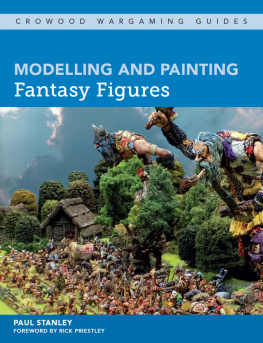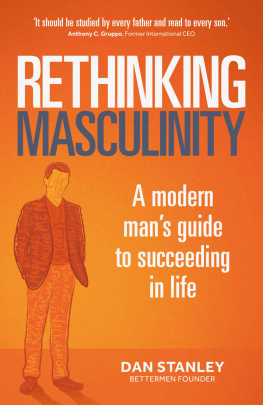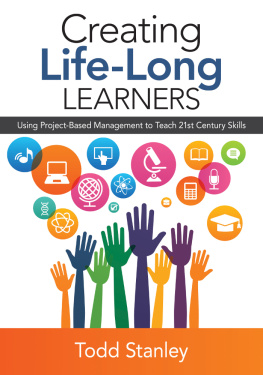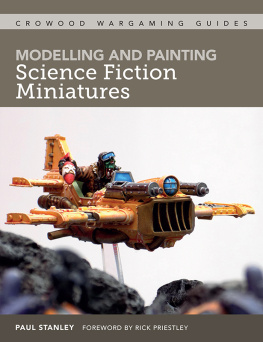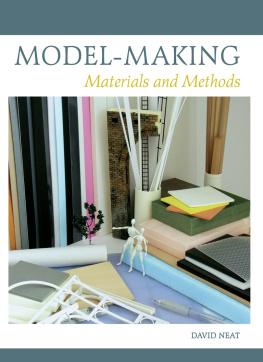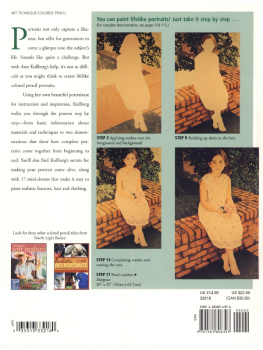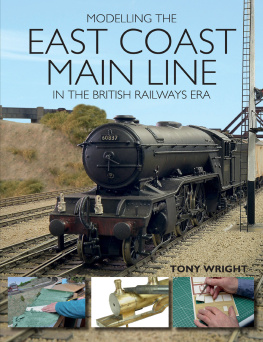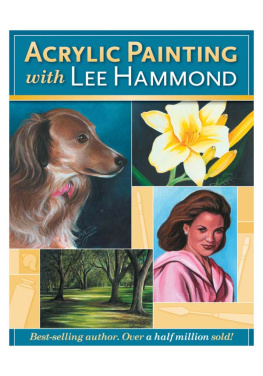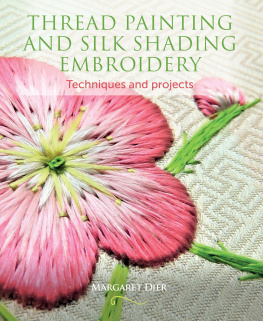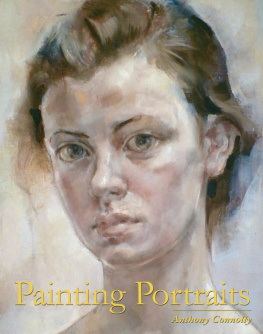MODELLING AND PAINTING
Fantasy Figures

MODELLING AND PAINTING
Fantasy Figures
PAUL STANLEY
FOREWORD BY RICK PRIESTLEY

THE CROWOOD PRESS
First published in 2018 by
The Crowood Press Ltd
Ramsbury, Marlborough
Wiltshire SN8 2HR
www.crowood.com
This e-book first published in 2019
Paul Stanley 2018
All rights reserved. This e-book is copyright material and must not be copied, reproduced, transferred, distributed, leased, licensed or publicly performed or used in any way except as specifically permitted in writing by the publishers, as allowed under the terms and conditions under which it was purchased or as strictly permitted by applicable copyright law. Any unauthorised distribution or use of this text may be a direct infringement of the authors and publishers rights, and those responsible may be liable in law accordingly.
British Library Cataloguing-in-Publication Data
A catalogue record for this book is available from the British Library.
ISBN 978 1 78500 496 4
CONTENTS
Foreword
W ELL, HERE WE HAVE a rare thing: a new, comprehensive and beautifully presented book just for us gamers, collectors and painters of fantasy models. Rare enough in itself, I think youll agree, but rarer still to find such a font of wisdom and useful information packed between the covers of a first volume from a new author Paul Stanley.
Today the hobby of fantasy wargaming draws inspiration from every imaginable kind of media, from classic literature to the most recent hi-tech movie extravaganzas and colourful made-for-TV epics. In recent years the number and variety of fantasy games has grown and proliferated with the advent of universally accessible technology and the all-pervading world-wide web. As a result, your typical fantasy wargamer of today is also likely to be a fan of video games such as World of Warcraft or one of the many similar games inspired by on-line role play.
One might imagine that all these entertainments would render obsolete the more traditional kind of role-playing and tabletop games conducted with model soldiers and fought over carefully modelled terrain but not a bit of it! If anything, fantasy wargaming with models is even more popular than ever, and not despite all those TV shows, movies and video games, but to a large extent because of them!
Today we wargamers and modellers of the fantastical are surely spoiled for choice when it comes to the range of subjects available for our consideration. Whatever our taste might run to, someone, somewhere, will make it and probably several someones at that! The quality of modern acrylic paints and advanced sculpting materials such as epoxy putties and easy-to-use polymer clays, means that our hobby is now, more than ever, accessible to everyone. It is hard to credit that models were ever hand carved from tin, or that accessories such as swords and guns had once to be painstakingly soldered in place or carefully cut and shaped from sheet metal.
The recent development of 3D sculpting tools has brought forth a new generation of technically savvy sculptors and digital modellers to add to the mix. Yet as we see in these pages, these developments have all added to, rather than replaced, traditional skills, so that modelling now encompasses computer-aided design just as much as the tried and tested methods of yore.
This useful, informative and eminently practical book is without doubt the ideal introduction to the contemporary world of collecting, painting and converting models for fantasy wargaming. It is also an endlessly useful work of reference, and a source of practical ideas for experienced hobbyists ready to tackle more demanding subjects or to extend their existing skills. Even the most experienced painter and modeller will find much that is thought provoking and inspiring within these pages. Especially pleasing are the many artfully rendered photographs with which this book is copiously and colourfully illustrated.
The carefully prepared step-by-step painting guides are clearly presented and the results shown are fully achievable with a modicum of patience. Nothing is taken for granted, with chapters devoted to the correct assembly and preparation of models, converting or modifying, and the all-important matter of modelling bases for that perfect finish! Whilst due attention is given to the matter of readying our troops for battle, monstrous creatures are also considered in appropriate detail and such subjects as architectural pieces, machines and artefacts are dealt with in a helpful and effective fashion.
So what are you waiting for? Read on! And let us hope that our book is soon joined by many more from Paul and from a series that will surely become an indispensable addition to every wargamers bookshelf.
RICK PRIESTLEY
Preface
I F, LIKE ME, YOU were a young boy growing up in the late 1970s, in a time before gaming consoles and twenty-four-hour television, most of your evenings and weekends were probably spent building plastic kits or playing with toy soldiers. Although my initial forays into wargaming involved launching marbles at 1:35th scale plastic figures manning purpose-built Lego fortifications, it wasnt long before I realized that if I was going to paint these soldiers, I would need to find a less brutal way of gaming with them. The chance discovery of a copy of Practical Wargaming by C. F. Wesencraft in the local library heralded a sea change in my approach to miniature modelling as I began to appreciate how strategic battles could be fought without harm to lavishly painted soldiers, lovingly arranged on a tabletop filled with terrain.
With the dawn of a new decade and my arrival at a new school came an introduction to 25mm fantasy modelling and games such as Advanced Dungeons and Dragons and Warhammer Fantasy Battles. My new-found friends and I started collecting white metal models from Ral Partha, Grenadier and Citadel Miniatures in order to populate the role-playing games and fantasy worlds we were creating. The school playground became a busy arena in which we exchanged hints and tips on painting techniques and traded our unwanted miniatures. As we huddled around early copies of White Dwarf magazine, people such as Gary Gygax, Rick Priestley, Bryan Ansell, Ian Livingstone and the Perry Twins became our heroes, their names passing into gaming legend to join the likes of H. G. Wells and Donald Featherstone.
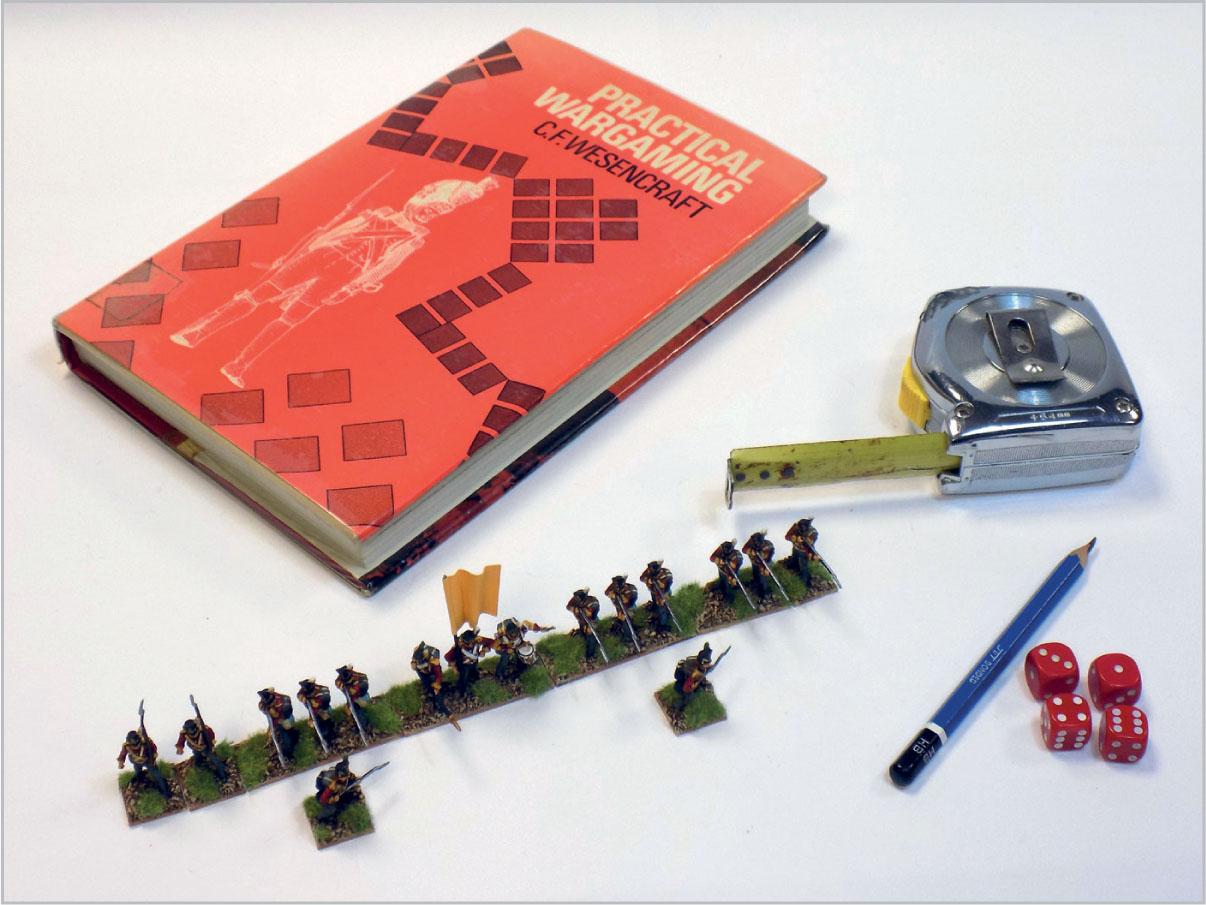
Practical Wargaming by C. F. Wesencraft showed the young author how strategic battles could be fought without harm to lavishly painted models.
Whilst writing this book I have not only had the privilege of meeting some of my childhood heroes, but I have also been reminded how those early years fired an enthusiasm for miniature modelling that has remained with me to this day. In reading this book I hope that many modellers, young and old, will be inspired to continue with the hobby, in much the same way that others have inspired me.
ACKNOWLEDGEMENTS
I would particularly like to thank Rick Priestley for his time, his advice, his guidance and generous assistance during the writing of this book. I am also deeply indebted to Bryan, Diane and Marcus Ansell of Wargames Foundry for their generosity in supplying miniatures and paints, and for allowing access to their premises and Bryans huge collection of painted models.
Next page
